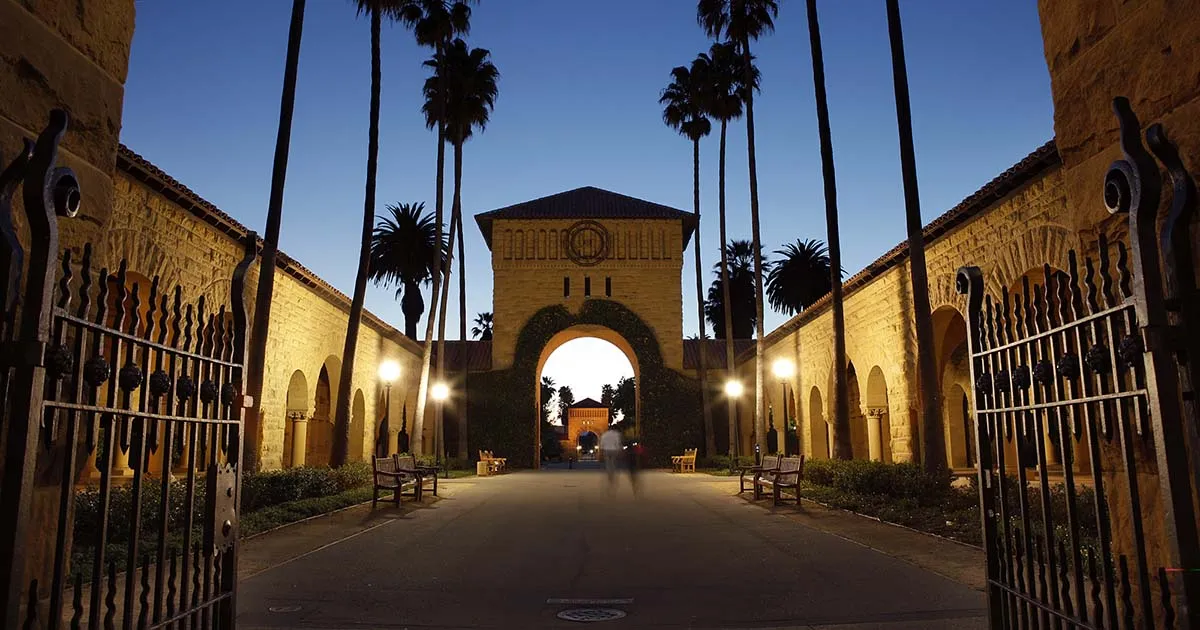Table of Contents
Last week I wrote about the inane growth of Stanford’s non-teaching employee to student ratio and noted how this administrative bloat is a driver of tuition. If non-teaching employees were as productive as they were in 1994, with a employee to student ratio 42% lower than last year, Stanford could throw $500 million more every year at expanding financial aid, building more campus housing, reducing debt and tuition, or strengthening humanities programs.
So why has the school hired so many superfluous workers? What stops Stanford from cutting non-teaching employee payroll to 1994 levels and charging 1994 tuition? Berber Jin argued last year in The Review that maligned incentives within Stanford’s bureaucracy create a breeding ground for administrative bloat. “Unlike faculty, who gain prestige through quality teaching and innovative research, administrators move up the career ladder by expanding bureaucracy,” Jin wrote. Perhaps much like government, when a University program fails, instead of closing that operation as a private business would, the school simply throws more bodies at the endeavor.
Government policy could also contribute to collegiate cost disease. Tuition tax credits, a near tax-free endowment, the ability to issue debt exempt from taxes, the student loan interest deduction, and a laundry list of state-level deductions and credits are all culprits. These tax advantages are identical from an accounting perspective to raising taxes and sending checks to students and colleges. But they add inequity and inefficiency because they they send bigger checks to wealthier households and to more opulent universities, which regressively redistributes income and incentivizes frivolous spending like hiring excess non-teaching employees. If these subsidies were instead provided through transparent and annually reviewed appropriations to worthy causes, like Pell Grants, they would be more equitable and administrators would be incentivized to economize and improve productivity through technological and managerial innovation.
Consider the American Opportunity Tax Credit, which allows students or their parents to lower tax bills by paying tuition. However, the credit is only partially refundable, so it tends to help affluent families more than poor ones. The credit accomplishes the same goal as sending a $2,500 check to a student, except the credit incentivizes this student to spend money on tuition with little regard for frugality or education quality since it is in her interest to simply maximize the credit. And, this leaves aside the strangeness of asking middle class taxpayers to subsidize students at elite universities who will have the option to make it rain on Sand Hill Road or on Wall Street.
The Tuition and Fees and Student Loan Interest Deductions are similarly plagued. Suppose that instead of those deductions, the federal government raises taxes and sends a check to students and graduates in proportion to the size of their tuition. Again, this incentivizes frivolous spending by universities. But worse, the checks are not sent to poor students or to graduates with low incomes. In addition, a student from a middle class family or a graduate with a middle income gets a check for just 12% of her expenses. A student from a rich family or a graduate with a high income gets a check for 37% of her expenses. If this check-sending system were proposed in Congress, students would rampage through White Plaza and write indignant Facebook posts, yet it is economically equivalent to the Tuition and Fees and Student Loan Interest Deductions.
Perverse incentives, whether inherent as Jin argues or perverted by bad government policy, explain why cost disease has been a problem throughout higher education. Eliminating university and student tax advantages, and then providing on-budget subsidies when appropriate, would be one step toward incentivizing colleges to cut administrative bloat.









